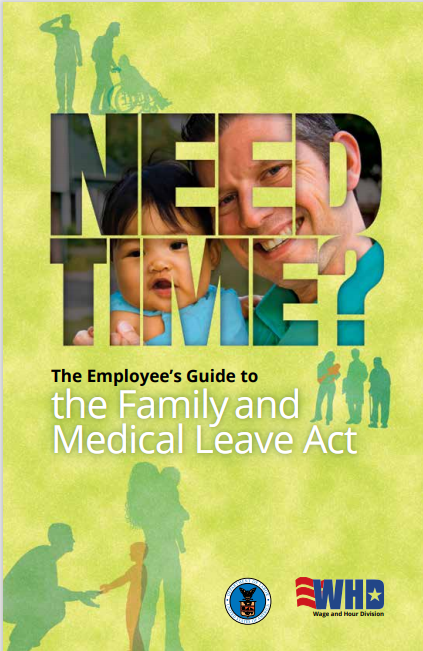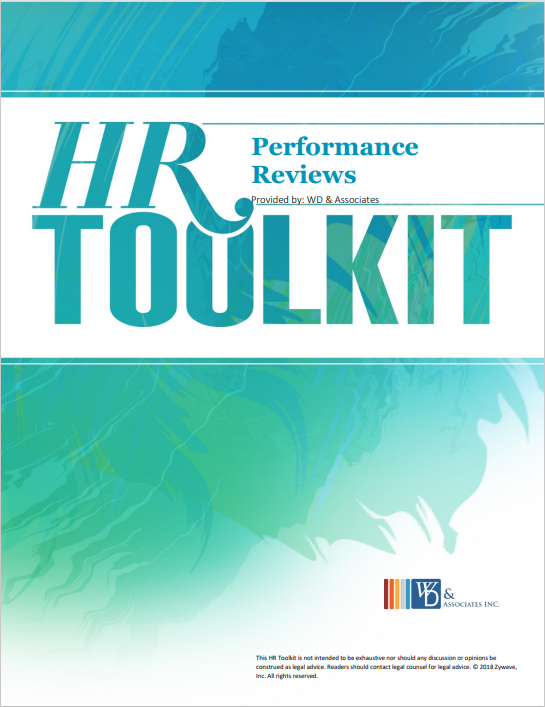There have been many articles written on the rising costs of healthcare and people continue to ask “why do healthcare costs keep going up?” My guess is people are unsatisfied when they read that their health and diet are the main cause. So, I am not going to write about wellness or diet and exercise because we already know those are a part of the cause but not the entirety. I’d rather share some other factors that go mostly unmentioned and may be unknown to the general public.
There are four cost drivers I will talk about that are out of the individual’s control:
- Hospital Cost Shifting
- Uncompensated Care
- Pharmaceutical Research and Development
- Insurance Company Margins

Hospitals
It is no secret that most hospitals today are operating in the red. When they invest in capital improvements they have to find the funds. Often they will turn to the insurance companies to renegotiate their fees, asking for substantial percentage increases on claims. The same is true for investment in medical advancements, new technology, better surgical tools, new imaging machines etc. They shift those costs directly to the insurance carrier who ultimately shifts the increases to us as patients and consumers of healthcare.
Basically when hospitals invest in anything they turn to the payers (insurance companies and Medicare) ask for increases on claims to offset their costs and ultimately that gets passed directly to us in our premium increases.
New England is an expensive place to receive healthcare find out
more about the cost of care in our region with this free report.
Uncompensated Care
When someone receives care and the hospital or provider is not paid, we call it uncompensated care - services rendered and never paid. While rates fell with the ACA’s Medicaid expansion. It seems that the burden will expand as healthcare laws change.
The American Hospital Association reports that in 2016 uncompensated care costs were $38.3 billion.
When you don’t have insurance, unless you negotiate a discount or some form of charity care, you will receive the full retail cost for services, doctor and facility. These costs are quite a bit higher than the insurance carriers contracted discounts.
Furthermore, what happened when the hospital tries to bill a patient who has no mailing address, doesn’t live in the country, and has no social security number to track? The hospital takes a loss in the millions of dollars. I’m sure they get to write it off as a loss on their taxes but that loss also gets pushed to the insurance carrier who then raises our premiums. It all get funneled to us.

Pharmaceuticals
Let’s talk quickly about the pharmaceutical industry. We hear a lot about high costs at the pharmacy but less about the causal factors leading to that cost. The average cost of research and development per drug is between 5 and 7 billion dollars.
Bear in mind that many drugs are abandoned mid cycle or never make it through the clinical trials to FDA approval. The company is now left to recoup those high costs for something that will never be sold. That means for every one drug approved there is a multi-drug spend factored into the prescription cost.
Insurance Companies
One cost driver that people are starting to talk more about is the insurance company margin. Carriers are allowed to increase rates year over year by a certain percentage of incurred claims. That means that they can charge more next year if we spend more this year. That does not incentivize them to bring down claims costs and higher claims cost directly relate to rising premium costs.
What We Can Do
This last is where I believe we can take some action. In my next post I’ll explain some techniques businesses can explore to take back control of how much money is being paid for claims.
I will explore steps we, as benefit plan decision makers, can take to bring our premiums and overall cost of healthcare down. I promise it isn’t what you are thinking…
New England is an expensive place to receive healthcare find out
more about the cost of care in our region with this free report.













Leave a comment